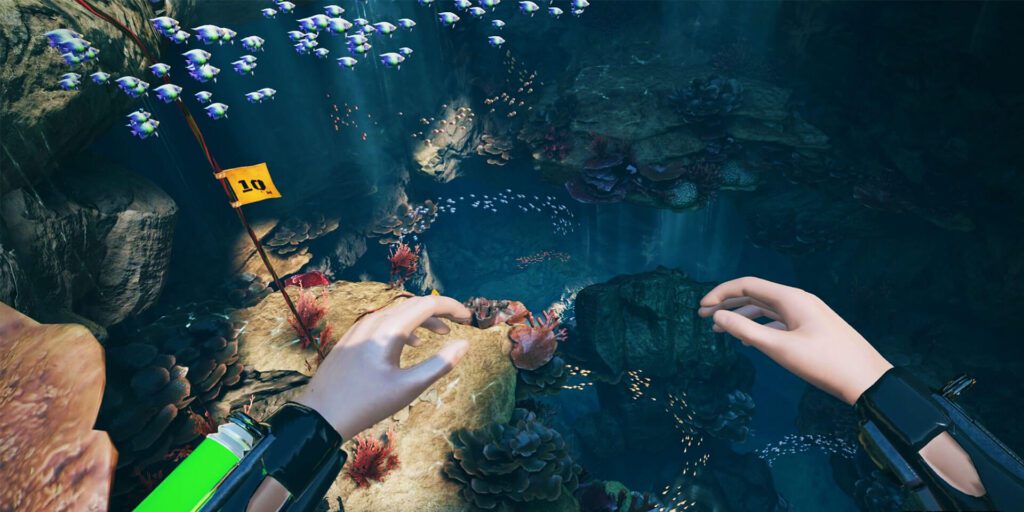Unreal Engine is a popular game development engine created by Epic Games. The engine offers a complete suite of game development tools for pro developers and features such as a visual scripting language, physics engine, and AI systems. To get started, you need to download and install the engine from the Epic Games website. Once you launch the engine, you can create a new project and set up your workspace. You will need to create levels, characters, and environments, which can be easily done with the engine’s tools. Unreal Engine allows for testing and debugging your game, with a range of tools for packaging and distributing your game to various platforms.
A Comprehensive Guide to Building Games with Unreal Engine
Introduction
Unreal Engine is one of the most popular game development engines available today. Developed by Epic Games, it is a powerful tool that allows game developers to create immersive and engaging gameplay experiences. Whether you are an experienced game developer or a newbie looking to get started, this guide will provide an overview of the essentials of building games with Unreal Engine.
Understanding Unreal Engine
Unreal Engine is a complete suite of game development tools designed to be used by professional game developers. The engine comes equipped with a range of features, including a powerful visual scripting language, physics engine, and AI systems. It also includes tools for creating 2D and 3D content, as well as animation and sound design tools.
Getting Started
To get started with Unreal Engine, you first need to download and install the engine. You can download it from the official Epic Games website. Once you have installed the engine, you can launch it and start creating your first game.
Creating a New Project
To create a new project in Unreal Engine, you need to first select the “New Project” tab from the launcher. From there, you can choose the type of project you want to create, such as a 2D or 3D platformer or a first-person shooter.
Setting up your Workspace
Once you have created your new project, you will be taken to the Unreal Engine workspace. This is where you will spend most of your time when building your game. The workspace is divided into several different panels, including the Scene Outliner, content browser, and detail panel. You can customize the layout of your workspace to suit your needs.
Creating Content
When building a game with Unreal Engine, you will need to create many different types of content, including levels, characters, and environments. Unreal Engine has a range of tools that make content creation easy and intuitive.
Creating Levels
Levels are the different environments in your game, such as cities, dungeons, or fields. To create a level in Unreal Engine, you can use the level editing tools to create the terrain, set the lighting, and populate the level with objects.
Creating Characters
Characters are the different entities in your game, such as the player character and enemies. Unreal Engine has a range of tools for creating and animating characters, including the character editor and animation tools.
Creating Environments
Environments are the different objects and structures in your game, such as buildings, trees, and vehicles. Unreal Engine has a range of tools for creating and rendering environments, including the particle system and foliage tool.
Visual Scripting
Unreal Engine includes a powerful visual scripting language called Blueprint. With Blueprint, you can create complex gameplay mechanics without having to write a single line of code. Blueprint allows you to create custom behaviors for characters, enemies, and objects in your game.
Testing and Debugging
Once you have created your game, you will need to test and debug it to ensure that it is working as intended. Unreal Engine includes a range of testing and debugging tools to help you identify and fix issues.
Debugging Blueprints
Debugging Blueprints is easy in Unreal Engine. You can use the Blueprint Debugger to step through your Blueprint graphs, checking variables and logic along the way.
Testing Your Game
Unreal Engine includes a built-in testing framework called the Automation System. This allows you to create automated tests that can help you find bugs and issues in your game.
Building Your Game
Once you have completed your game, you will need to build and package it for distribution. Unreal Engine includes a range of tools for packaging and distributing your game on a range of platforms, including PC, console, and mobile.
Packaging Your Game
Unreal Engine allows you to package your game for a range of platforms, including Windows, Mac, and Linux. You can use the packaging tool to create a self-contained executable that you can distribute to players.
Deploying Your Game
Once you have packaged your game, you will need to deploy it to your chosen platform. This can involve creating installation packages or uploading the game to a store or distribution platform.
Conclusion
Unreal Engine is a powerful tool for creating immersive and engaging gameplay experiences. Whether you are an experienced game developer or a newbie looking to get started, this guide provides an overview of the essentials of building games with Unreal Engine. By following these steps and honing your skills with the engine, you can create incredible games that captivate and entertain players.
